DIY Seed Raising Mix – Save Money and Grow Healthy Plants
This website may earn commissions from purchases made through links in this post.
Commercial seed starting mix is convenient, but it’s often either expensive. Save money, make your own DIY seed raising mix. Easy how-to.
Spring is fast upon us, and if you want to get a head start growing vegetables, now is a good time to start germinating seeds either indoors or somewhere where it’s warm.
To raise seeds successfully, you need a good seed raising mix.
While you can buy commercial seed raising mix it can be either expensive or poor quality. And raising seeds can be tricky enough without hindering the effort with a poor quality mix. So it can be good to make your own mix.
Making your own seed raising mix is quick and easy and relatively inexpensive, especially if you’re using homemade compost.
What Makes a Good Seed Starting Mix
A good seed raising mix needs to be free-draining but also hold moisture.
It should also to be fairly fine without stones or large particles like bark to interfere with seed germination.
Do I really need a seed raising mix?
There are many seeds that are better off being planted straight into the ground. Beans are a good example.
So depending on what you grow, you may not need a special mix for starting seeds.
But if you want to get a jump start on the growing season by growing seeds in a hot house or indoors, then a light mix that is specially designed for seeds will give them the best start and improve germination success.
Difference between seed raising mix and potting mix
A special seed starting mix is lighter and more porous than regular potting mix, making it an ideal medium for germinating seeds. Potting mixes can become compacted, which can hinder seed germination.
If you’ve got potting mix already on hand, you can add some vermiculite and coconut coir to lighten for seedlings.
DIY seed raising mix – the ingredients
The four main ingredients in seed raising mix are:
- compost
- vermiculite or course sand; and
- coco coir
- (optional) worm castings or a very small amount of diluted fertiliser like aged cow poo
The fertiliser isn’t essential as all the nutrients a seed needs for germination is contained within itself.
However, once they start growing, your seedlings will need extra nutrients. You can either use manure or feed your seedlings regularly with a diluted organic fertiliser.
On the other hand, if you do have a worm farm, by all means, throw in a handful of worm castings when making your mix!
Compost
If you don’t have your own compost, commercial compost will do just fine. There are benefits to using commercial compost over home-brewed.
Homemade compost may contain seeds of either vegetable or weeds that compete with the seeds you’re trying to grow. You may have trouble identifying which is the seedling you’re growing and which is the weed.
Homemade compost isn’t sterile. It can contain bacteria and fungus that can dampen off (kill) your seedlings.
On the upside, this can help weed out the weak seedlings, ensuring that you’re growing only the strongest plants. This is particularly important if you plan on collecting and storing the seeds for future years.
And of course, homemade compost is cheaper.
The compost needs to be sieved to remove large particles. A garden sieve can be purchased cheaply from a garden store or Amazon, or you can make your own like this one or this one.
Coco Coir
Coco coir is the natural fibre extracted from the husk of a coconut.
It is light, retains moisture and is bacteria and fungus free, making it perfect for seed raising.
Coir can be purchased in a block from a hardware/garden store. A $6 block will make you a lot of seed raising mix.
To use, soak the block in the required amount of water until it expands. Use a bucket with a lid to store the extra coir or dig some into the garden. You can try to shave a small amount off the block to save the rest for later, but it’s not easy.
An alternative to coconut coir that is often used is peat moss but coco coir is a more sustainable product as peat moss takes a long time to regenerate, while coco coir is a bi-product that might otherwise go to waste.
Vermiculite or Course Sand
While the coir retains moisture, the sand or vermiculite lightens the mix giving it drainage and aeration, aiding root development.
Vermiculite is a natural volcanic material and unlike sand, it is light and retains moisture and minerals. Course sand is cheaper than vermiculite (although neither is particularly expensive)
Worm Castings
Seeds do not need food to sprout. However, once your seedlings start growing, they’ll need some extra food.
Avoid the need to replant in another mix – and therefore risk transplant stress – by adding a small amount of worm castings (ideally) or very diluted aged cow or sheep manure to your mix. Too much fertiliser will burn your young seedlings.
Alternatively, feed your seedlings with a very diluted organic fertiliser once they have germinated.
DIY Seed Raising Mix Recipe
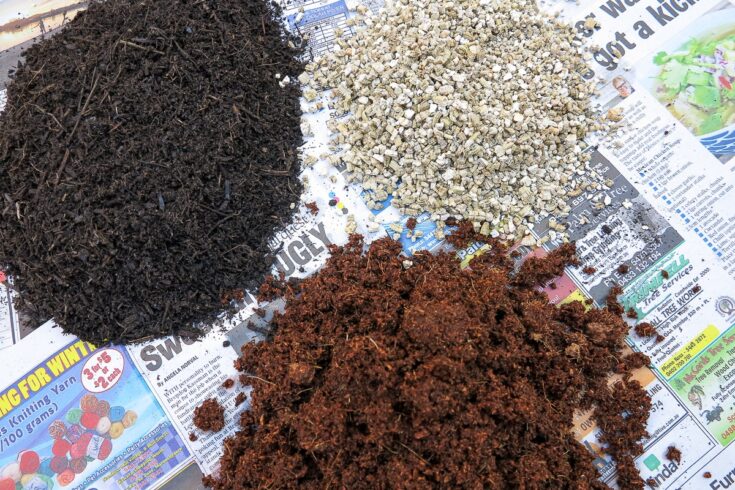
Commercial seed starting mix is convenient, but it's often either expensive. Save money, make your own DIY seed raising mix. Easy how-to.
Materials
- 2 parts compost
- 2 parts coco coir
- 1 part vermiculite
- 1/2 part worm castings
- water to soak coir
Tools
- Some newspaper or bucket to mix your seedling mix.
- A bucket to soak your coco coir in.
- A bucket with a lid to store excess mix.
- (Optional) a garden sieve.
- Garden gloves and mask.
Instructions
- Soak the coco coir block to rehydrate.
- Sift compost (optional).
- Mix all ingredients together.
Notes
Use gloves and a mask to prevent exposure to any potential bacteria.
1 'part' refers to whatever measuring tool you have on hand. For example, 2 handfuls of compost, 2 handfuls of coco coir, 1 handful of vermiculite. The recipe scales whether you're using a cup, a handful or a bucket.
Coco coir rehydrates to about 5-7 times its original size, so you end up with A LOT. You can shave some off the block to rehydrate a small amount (not easily, but doable), or you can store the remainder in an open bucket (open bucket prevents mould) or dig it into the garden.
Course sand can be used instead of vermiculite.
The worm castings are optional. You can add some very diluted and aged cow manure or feed your seedlings regularly with a very diluted organic fish fertiliser once they have germinated.
Recommended Products
As an Amazon Associate and member of other affiliate programs, I earn from qualifying purchases.
Raising your own seeds cheaper than buying seedlings from the nursery. And if you collect your seeds, growing is free and over time you’ll be growing vegetables that are adapted to your backyard’s particular micro-climate.
To get the best start and protect biodiversity, look for heirloom seeds like these or these.
Seeds, like babies, need extra TLC in order to grow strong and healthy. Give them the best start with your own DIY seed raising mix.

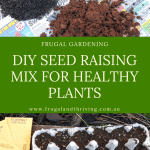
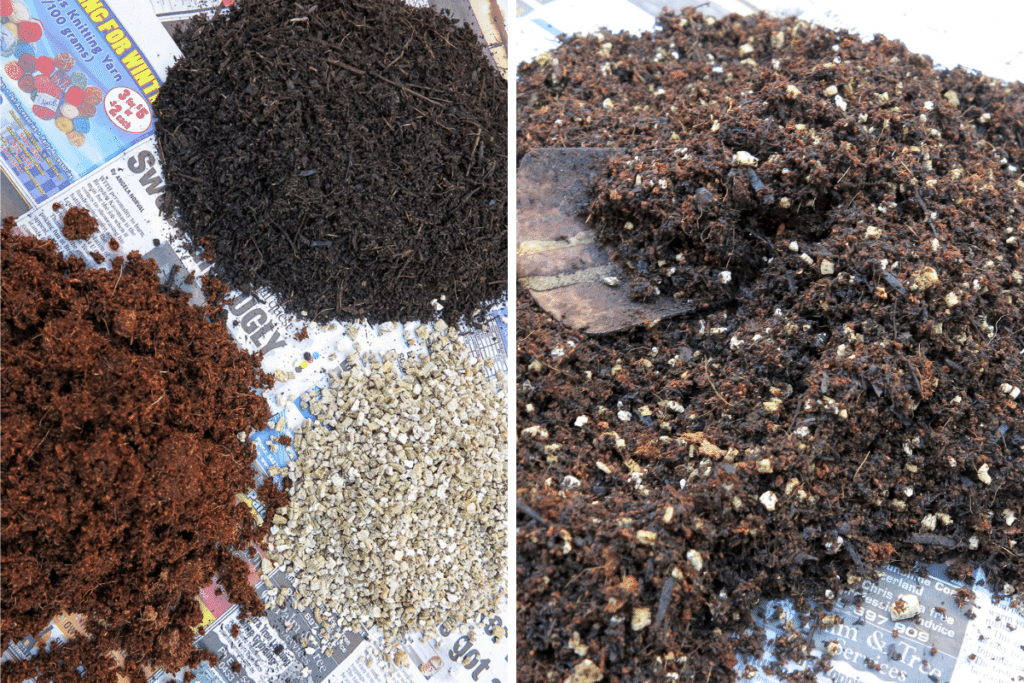

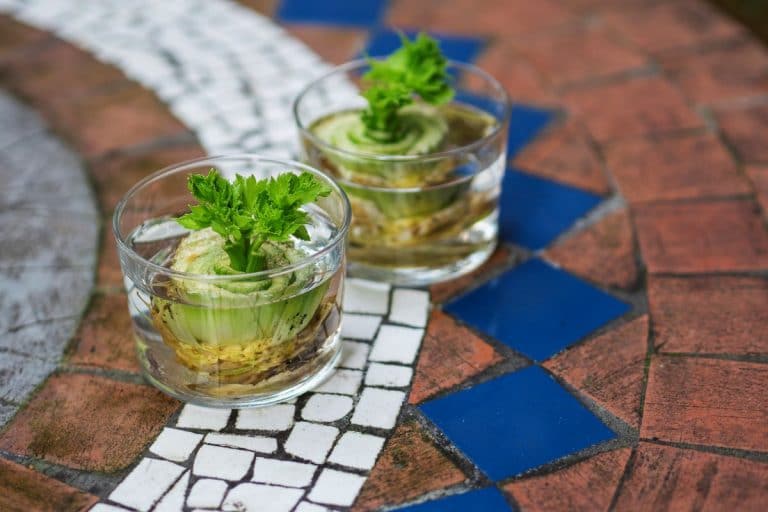

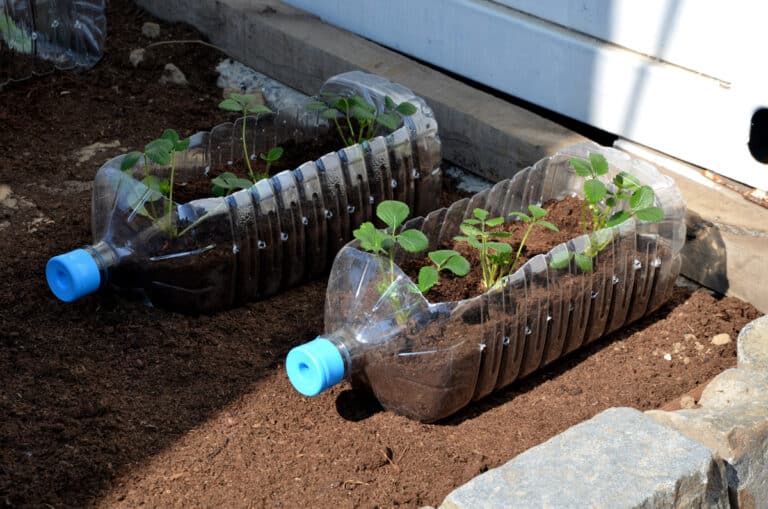
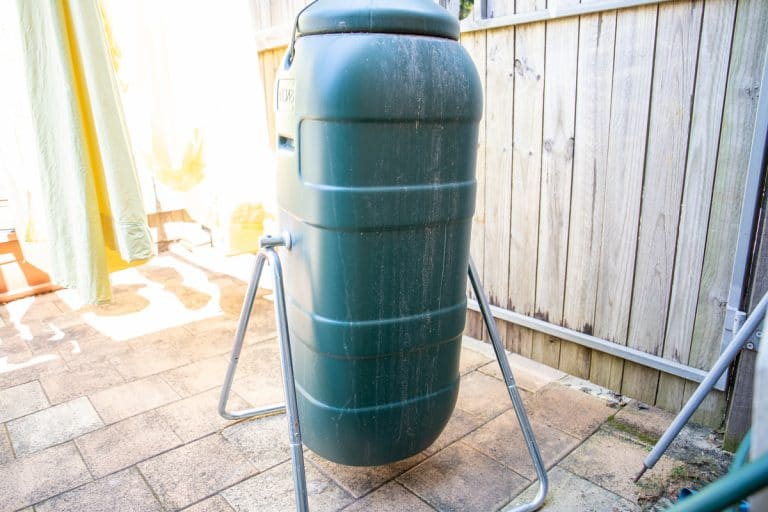
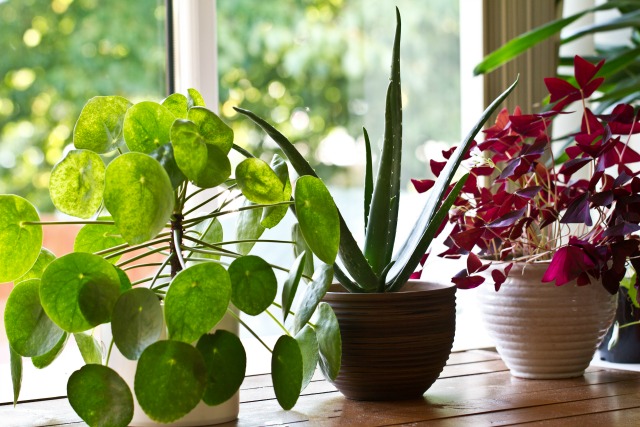
I part sterilize/pasteurize my compost using passive heat from the oven.
I’ll place half an inch of compost in a baking tray (an old one only used for this of course)
and thoroughly water it. Cover with foil, and as soon as whatever I was cooking is taken out of the oven this goes in and I drop the temperature to around 220F.
After 15 mins I’ll turn the oven off but leave the compost in there to slowly cool.
Most times the oven doesn’t click back on during that 15 min period so not much extra electricity to get it done.
Great tip. Thanks. That’s some serious compost. Your garden must be awesome.
Awesome, currently in COVID 19 lock-down means I can not purchase seed raising mix, but as an organic gardener I do have everything else to make this – Thank goodness. Thanks Melissa for your blog. And thanks to Gerry on how to sterilise the compost.
Hope you get some good gardening in :)